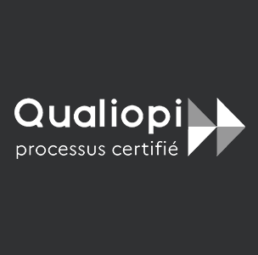How to Measure the Impact of Your Event on Membership Value
Source : BOARDROOM
Author: Unknown

Engaging members, growing the membership base and generating funds are three major objectives for any association and are frequently addressed by hosting regular events. Richard Kensett, commercial director at the event industry’s customer experience specialists, Explori, explains how drawing on data to measure the impact of events on audiences’ engagement can lead to better and more financially attractive events, and ultimately enhanced membership value.
From conferences and award ceremonies to specialist training and networking sessions, events can take a variety of forms and offer a range of benefits to members.
Association event organisers tend to have a sense of how an event is received but lack a robust way of measuring how it has performed in the eyes of the attendees. Many gather post-event feedback by using simple tools, but as associations come under greater scrutiny to demonstrate the return on investment (ROI) from their engagement activities, more sophisticated survey platforms and analysis are needed.
According to my colleague Sophie Holt, managing director at Explori, “as associations grapple with proving real value for their members, measuring and benchmarking events is one way to help organisers deliver real value to the association to underpin its goals.”
Gathering meaningful data across the customer journey
By gathering and absorbing the results of data-driven measures of success across not only their events, but also across many different touchpoints with their membership , associations can gain a clearer understanding of where they add value and where they need to alter their event(s) or their overarching membership value proposition.
According to Holt, “having performance measurement tools allows associations to increase their efficiency and effective use of resources. They provide a picture of how individual activities contribute to the wider membership experience associations are trying to create.”
Surveys, social media engagement, attendee tracking, matchmaking, polls, registration tools and apps that collate demographic and sentiment data are all ways that attendee data can be gathered and used to build a holistic picture of attendees over the course of the customer journey. That data can then be used to gain actionable insights to enhance future events, create a more attractive financially contributing event, and also deliver member value.
Holt advises, “consider what data sources will tell you the who; the what; but most importantly, the why?’; only then consider how you are going to gather the data and turn it into valuable insights.
“Using integrated research tools to benchmark an event’s success over time and against competitors, allows a narrative to be drawn out of the data. Being able to see where an event has succeeded and identify areas where it has fallen short gives the planning team valuable insights which they can use to improve future events.”
Event measurement for association events
There are a number of KPIs that help organisers predict the conditions an event may face in its next cycle. The Net Promoter Score (NPSSM) is one useful measure of advocacy (i.e. the likelihood someone will recommend the event), while another is the ‘loyalty versus ‘satisfaction’ matrix, made up of ‘hostages’, ‘apostles’, ‘mercenaries’ and ‘disaffected’. Hostage are categorised as unsatisfied but likely to return. A high percentage of hostages puts an event at significant risk if the organiser does not deliver for this group. Hostages are at risk of moving into the disaffected group (unlikely to return), so it is better to focus time and effort on this group as the event is still likely to be important to them, rather than risk losing them.
Understanding the sentiment of these groups gives organisers the power to proactively address any hidden challenges that they might not be aware of.
Holt points out that “being able to demonstrate to attendees that their feedback has been listened to and what steps have been put in place to address any concerns is incredibly powerful and likely to be a key way in which attendees are engaged, ultimately delivering greater value.”
By effectively gathering and analysing data, associations can benchmark themselves against their competitors to demonstrate the strategic value their events offer members, ultimately delivering better value to those who matter the most.






